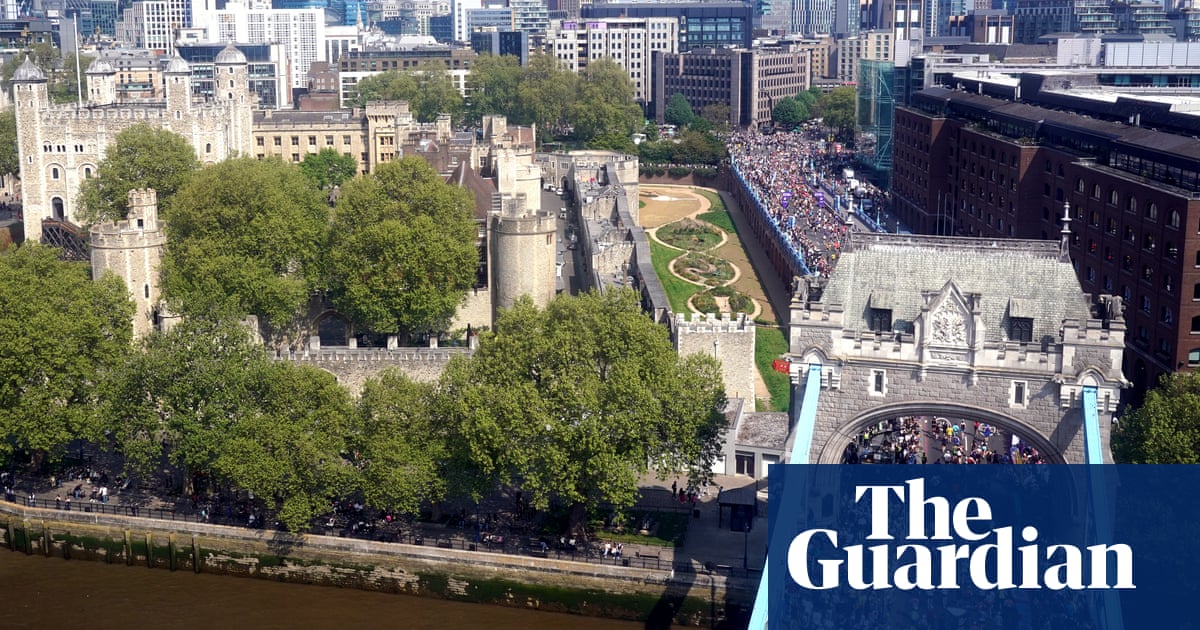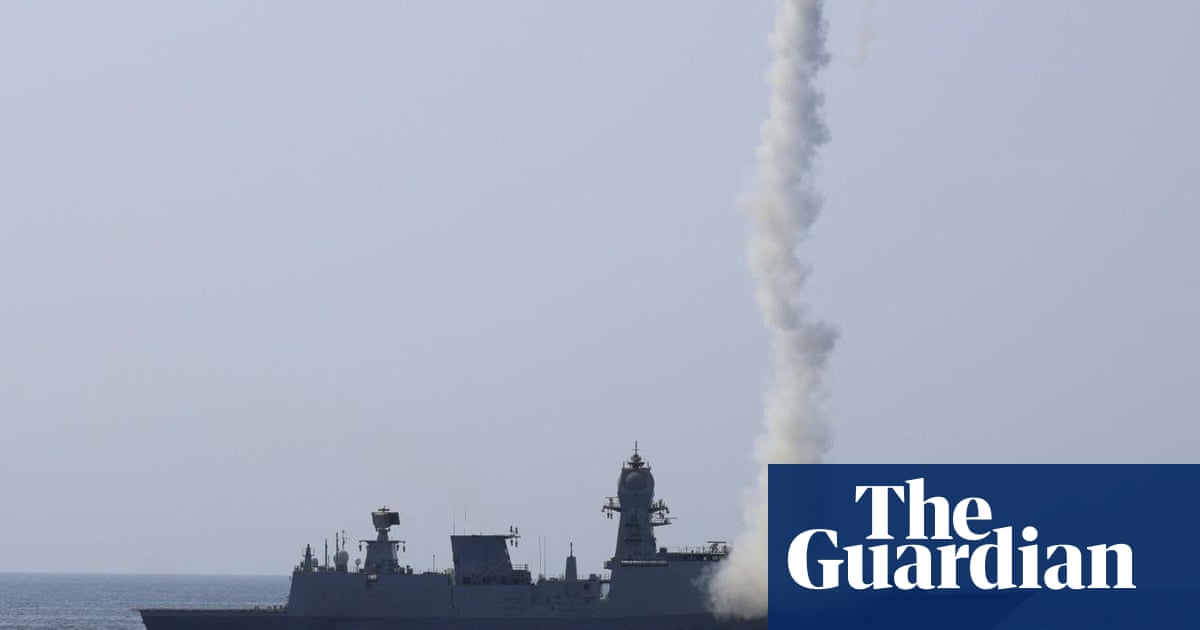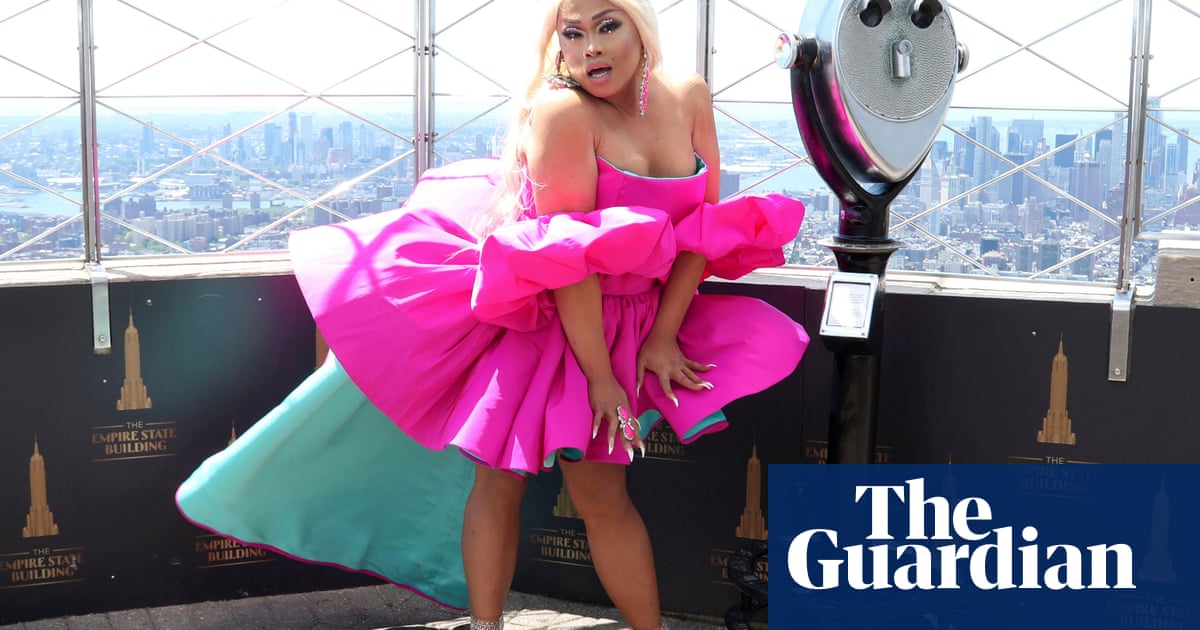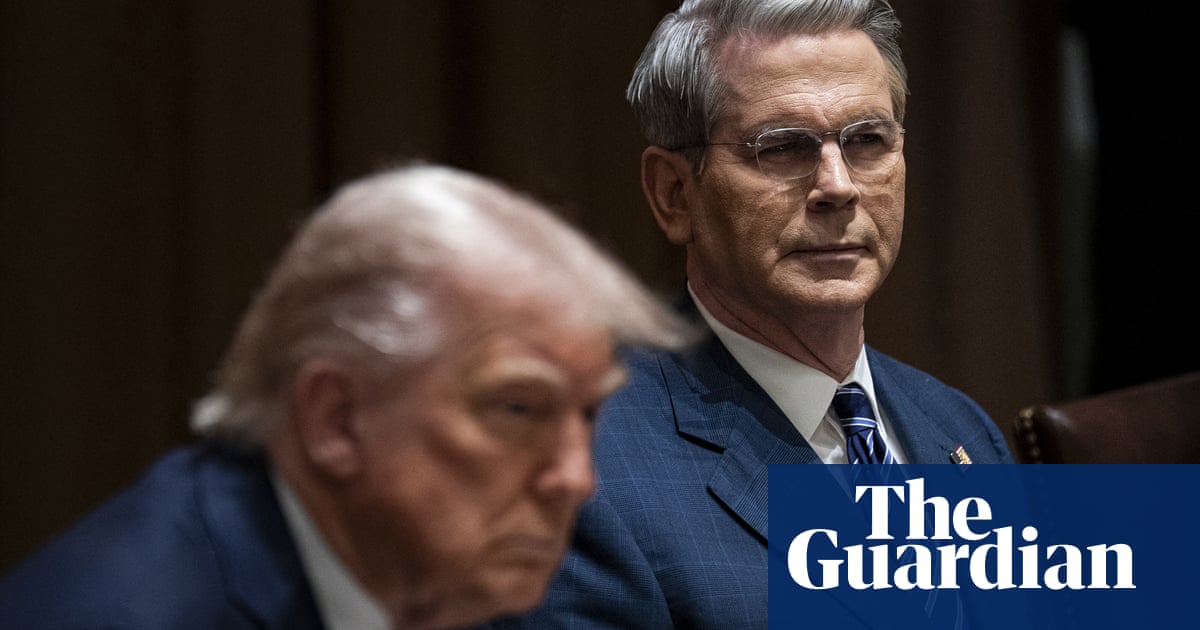Environmental conservation groups are expressing major concerns over Donald Trump’s recent proclamation to reverse fishing regulations across the Pacific Islands Heritage Marine national monument, a federally protected area in the central Pacific Ocean spanning nearly 500,000 sq miles.
As one of the most pristine tropical marine environments in the world, the monument is now at risk following Trump’s decision last week to unleash American commercial fishing in the area with far-reaching environmental consequences.
Established by George W Bush in 2009 and expanded by Barack Obama in 2014, the monument encompasses seven federally protected islands and atolls, as well as 165 seamounts – underwater mountains that are biodiversity hotspots.
In addition to being home to many threatened, endangered and depleted species including 22 kinds of seabirds, green and hawksbill turtles, giant clams, bumphead parrotfish, dolphins and whales, the monument contains fragile ecosystems surrounding some of the world’s most ancient coral colonies.
It is also home to Kingman Reef, the most undisturbed coral reef within the US. According to Unesco, Kingman Reef has the greatest proportion of apex predators of any coral reef ecosystem that has been studied in the world. It hosts various shark species roam including grey reef sharks, as well as as oceanic white tips, hammerheads and silky sharks – all of which provide critical ecological balance.
Trump’s proclamation – which American Samoan tuna lobbyists heavily advocated for – allows US-flagged vessels to fish commercially within 50 to 200 nautical miles of the monument’s boundaries. The proclamation – which comes as more than 80% of the world’s coral reefs have been hit by the worst global bleaching event on record – also directs the commerce secretary, Howard Lutnick, to “amend or repeal all burdensome regulations that restrict commercial fishing” in the area.
As part of his quest to make the US the “world’s dominant seafood leader”, Trump called the regulations “so horrible and so stupid”, saying that American fishers are being “forced to go and travel four to seven days to go and fish in an area that’s not as good”.

David Henkin, an attorney for the environmental conservation group Earthjustice, pushed back on Trump’s claims that federal regulations are hindering American fishers.
“When he is saying that fisher folks from Hawaii or American Samoa need to travel for days to go fish. Well, you need to travel for days to get to these remote Pacific islands. They’re some of the most remote places on Earth … and they’re certainly not right next to Hawaii,” Henkin said.
According to a 2023 study, in the last five years, the US-flagged purse-seine fleet only spent 0.52% of their effort fishing in the two areas where commercial fishing is currently allowed in the Pacific Islands Heritage area.
Echoing similar sentiments as Henkin, David McGuire, the founder of the shark conservation group Shark Stewards, said: “It’s grandstanding … These fishermen don’t travel 2,000 or 3,000 miles … They’re already out there, four or five hundred miles. There is no incentive for them to go to the more central islands.”
Environmental experts also point to Trump’s mass firings across the National Oceanic and Atmospheric Administration – which manages the monument – as well as his efforts to set the federal government’s top scientific agencies on to a “non-science trajectory”.
“You will no longer have staff, you won’t have the science and you won’t have the management biologists in Washington or elsewhere at universities that are funded by National Fisheries or Noaa,” McGuire said.
Other concerns surrounding the proclamation’s environmental impact is the potential rise in illegal fishing as well as bycatch. Research has shown that illegal, unreported and unregulated fishing (IUU) accounts for one of every five fish caught in the wild.
Speaking to the Guardian, Arlo Hemphill, Greenpeace’s US project lead on ocean sanctuaries, said: “Having a legal commercial fishery provides cover for illegal fishing. If you just see a fishing boat going through waters, you are not there watching what they’re catching.”
Furthermore, despite sharks playing a critical role in maintaining healthy ecosystems, more than 100m of the oft-misunderstood animals are killed every year as part of bycatch and shark-finning.
Douglas McCauley, a marine biology professor at the University of California, Santa Barbara, warned that the proclamation can have profound impacts on shark conservation. “You can catch a lot of the tuna that you want, but you also catch and kill many sharks,” he said.
Essential to nutrient cycling, prey and invasive species control, as well as disease reduction, sharks have existed for over 450m years. Yet Trump’s proclamation can rapidly undo years of shark conservation in just minutes. “If you open up a section of ocean that has all of these very long-lived, slow-growing sharks, you can decimate 100 years of conservation in almost 15 minutes of fishing because it takes so long for those sharks to rebound and regrow their populations,” McCauley said.
Other marine animals at risk in the monument are sea turtles. With six of the global seven sea turtle species being classified as threatened or endangered worldwide due to human activity, many come into the islands to feed around the reefs.
However, Trump’s proclamation puts them at risk in various ways, with McCauley saying: “Either they take a hook and bite on to the hook or drown because they cannot come up to breathe in a longline fishery, or they are scooped up and drown in the course of purse-seine fishing.”
Speaking to the Guardian, Solomon Kaho’ohalahala, a Hawaiian elder and leader with the Pacific Island Heritage Coalition, which advocates for the monument, pointed to the interconnectedness of the islands to the broader ocean.

“It’s an integrated kind of ecosystem that isn’t isolated by just the islands themselves … It’s difficult to think that we can divide them into separate areas and then be successful in preserving all of them. It doesn’t work that way,” he said.
For environmental experts, in addition to fragile ecosystems, Trump’s proclamation will negatively impact American fishers in the long run, leading to higher seafood prices for American consumers.
Research has repeatedly shown spillover benefits from large marine protected areas including increases in catch rates outside of the areas. Opening up the monument for commercial fishing will have what Hemphill describes as the “opposite effect” of what Trump’s administration hopes for.
“The current administration has its mentality of ‘let’s become the greatest seafood producer.’ But if you take everything, then you over-exploit and the populations collapse. Then what you’ll see in the long term is actually a reduction of catch,” he said.
Similarly, Kaho’ohalahala said: “Opening this sacred place for exploitation is short-sighted and does not consider current or future generations of Pacific People who rely on a healthy ocean, and know this special ocean space as our ancestral home.”
With mounting concerns surrounding the Trump administration’s environmental impact, marine experts are urging the public to consider the ecological and cultural significance of marine regulated areas that are akin to national parks.
“It’s a special piece of America… It’s as if we had just allowed commercial hunting into a place like Yellowstone,” McCauley said.

 11 hours ago
11
11 hours ago
11













































